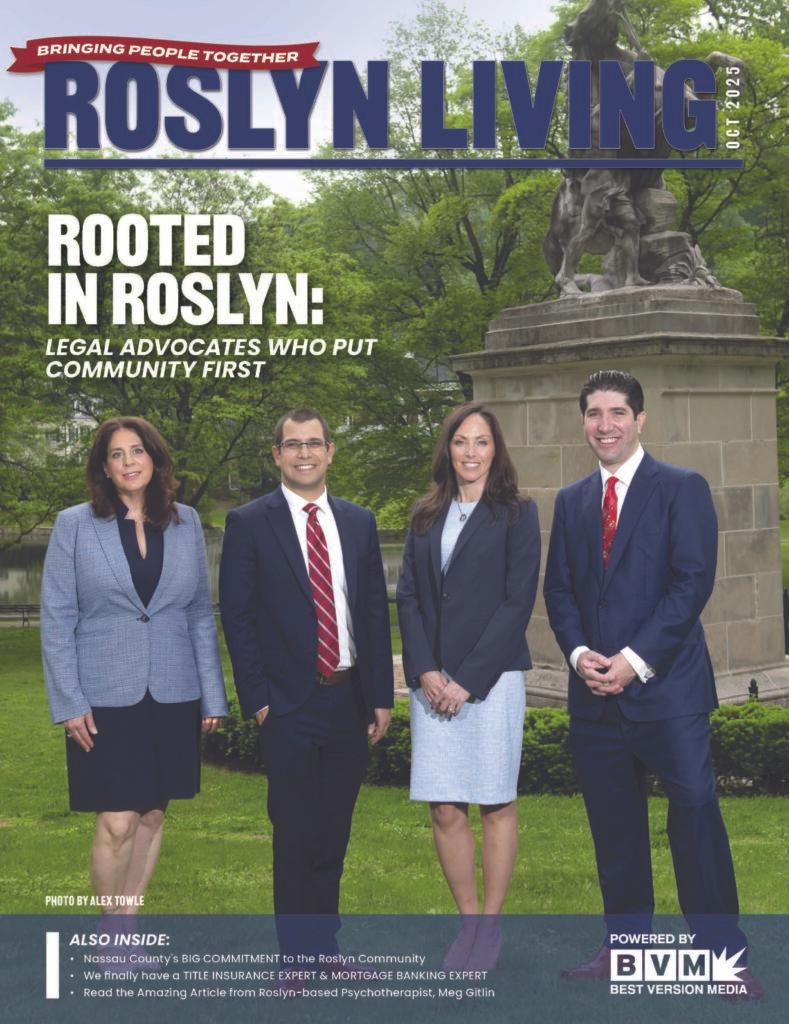The 10 Biggest Legal Mistakes Physicians Make When Negotiating Buy-Ins – The New Partner’s Perspective
Written by Patrick Formato
Executive Summary
Unlike most professions, upon initial employment physicians want to know when and under what terms they will become an equity owner (typically referred to as partner) in the medical practice. In general, except for vague provisions outlining the parties’ intentions, partnership is not addressed in an initial employment agreement. Physicians should use the time they serve as an employee to learn more about the practice and its partners. A partnership is akin to a marriage. Accordingly, physicians should learn as much as they can about their future partners before making a long-term commitment to become a partner in the practice.
Mistake 1 Starting Negotiations Too Late
Although new physician employees want to know from the outset when and under what terms they will become a partner, they often fail to negotiate terms in their employment agreement that will put them in a good position to negotiate their partnership buy-in. For example, unlike other professions, patients typically identify with their physician, not the medical practice. Accordingly, the medical practice/employer typically imposes a restrictive covenant on termination, for any reason, of the employment relationship. An overly broad restrictive covenant will put the employee in a very weak negotiating position, especially if the general terms of a buy-in were not addressed in the initial employment agreement.
Action Step Physicians should consider the effect that the terms in their employment agreement will have on their partnership buy-in negotiations. To the extent possible, the employment agreement should address general partnership buy-in terms, such as the method of calculating the purchase price, the method of payment, and the percentage of ownership interest to be given them.
Mistake 2 Not Retaining Experienced Health Care Attorneys and Accountants
Health care law has become a specialty due to the complexity of the rules and regulations governing health care providers and the assorted business arrangements that providers have developed. As a result, there are attorneys and accountants who specialize in services for medical practices and physicians. Too often, physicians negotiating a buy-in make the mistake of not retaining any professionals, since they believe, as the incoming partner, they have no leverage to negotiate terms. When they do retain professionals to assist them, they often fail to engage attorneys and accountants who regularly represent physicians and physician practices, which could result in mistakes that may have lasting effects.
Action Step Physicians should engage only those attorneys and accountants with experience in representing doctors and medical practices. They should be sure to do their due diligence before engaging such professionals (e.g., check the professional’s website, inquire at local bar associations and medical societies, and get references from the professionals themselves).
Mistake 3 Failing to Review Thoroughly and Understand the Partnership Agreement, Shareholders Agreement, or Operating Agreement
Before consummating the buy-in, the prospective new partner must review the agreements that govern the physician owners (e.g., the partnership agreement, shareholders agreement, or operating agreement). Often, prospective new partners are so excited about becoming a partner that they focus only on the financial issues and neglect to review and understand the other rights, responsibilities, and obligations that they are contracting for, such as the buy-out provisions, voting power, and restrictive covenants.
Action Step Physicians should obtain a copy of the governing documents early in negotiations and have it reviewed by competent counsel.
Mistake 4 Failing to Inquire about and Understand the Relationships among Related Companies
Often, the physicians of a medical practice have a separate company that owns or leases the premises in which the practice is located. In addition, some practices have a separate management company that owns all the equipment and employs all the nonprofessional personnel. Physicians buying into a practice must inquire about such types of entities and ensure that they are also getting an equity interest in such entities. Otherwise, they may be getting less than a full partnership, especially if excess profits are being distributed from the practice to the affiliated entity under the guise of “rent” or “management fees.”
Action Step Physicians should ask the existing partners questions about the practice (e.g., Who owns the property and equipment? Does the practice have contracts with any related entities?). Physicians should ensure that the buy-in agreement includes representations and warranties to address these issues.
Mistake 5 Failing to Negotiate Sensitive Issues
By the time a physician negotiates a partnership buy-in, he or she has often been an employee of the medical practice for a number of years and has developed relationships with the physician partners. The younger doctor often feels uncomfortable in addressing important, but sensitive, issues with the physician partners as a result of their past employer-employee relationship and in fear of offending them. This situation could result in important issues being unaddressed.
Action Step Physicians should let their attorney be the “bad guy”; they can always blame their attorney. It is important for the physician to maintain a good relationship with the partners during the negotiation process while, at the same time, ensuring that important issues are appropriately addressed.
Mistake 6 Failing to Conduct Due Diligence
Before buying a house, the buyers typically hire an engineer to ascertain the structural integrity of the house and a termite inspector to ensure that the house is not infested. Furthermore, they conduct a title search (to ensure proper title) and a survey of the real estate. However, when physicians buy an interest in a medical practice, they often fail to conduct a due diligence review to ensure that they are getting what was bargained for.
Action Step Physicians and their advisers should conduct due diligence, including but not limited to, a review of all material agreements and a litigation and lien search of the operating entity.
Mistake 7 Failing to Address Tax Issues
Buy-ins are structured in many different ways. In addition, medical practices can be professional corporations, general partnerships, limited liability companies, or limited liability partnerships. The type of entity and the method and manner of payment of the purchase price all have different tax ramifications.
Action Step Before agreeing to the financial terms of a buy-in, physicians should discuss these terms with their accountant, and relevant tax issues must be considered.
Mistake 8 Failing to Consider Buyout Obligations
Partnership/shareholder/operating agreements typically include mandatory buyout provisions. Often, new physician partners focus on their buy-in obligations rather than on their (or the entity’s) obligations to buy out existing partners under specified circumstances. How is the buyout funded? Are there “cross-purchase” life insurance policies on the lives of the partners to fund the buyouts? How is the purchase price determined, and how does it compare with the buy-in price?
Action Step Before agreeing to a buy-in to the partnership, physicians should conduct a thorough and comprehensive review of the medical practice’ partnership, shareholder, or operating agreement.
Mistake 9 Failing to Get to Know the Practice’s Attorneys and Accountants
It is very important for a medical practice to engage attorneys and accountants who have experience in representing medical practices. Once a physician becomes a partner, the advice of the practice’s attorneys and accountants will affect the new physician. Accordingly, the new physician should be comfortable with the practice’s attorneys and accountants.
Action Step Physicians should ask the existing partners about the qualifications of the attorneys and accountants who represent the practice and do independent research to ascertain their reputation in the legal and medical communities.
Mistake 10 Overlooking the Age, Experience, and Personalities of the Existing Partners
For a partnership to be successful, the partners should be compatible and have common goals. If the existing partners have a wealth of experience and are close to retirement age, the prospective new partner must ascertain how these factors will affect his or her future and the practice. Furthermore, the prospective new partner must be comfortable with the existing partners’ approaches to medicine as well as to business. Overlooking differences can lead to messy “breakups” or the eventual financial failure of the practice.
Action Step Physicians should use the period of employment to get to know the practice and its partners better. In this period, the parties should be courting one another. Physician employees who harbor any doubts about the practice or the partners must seriously consider these doubts before committing to buying into the practice.
Conclusion
Before entering into a partnership with a medical practice, physicians should consider that a partnership is similar to a marriage. Accordingly, physicians should use the time when they are working as an employee to learn as much as possible about their future partners before making a long-term commitment to become a partner in the practice.
Excerpted from The Biggest Legal Mistakes Physicians Make: And How to Avoid Them
Edited by Steven Babitsky, Esq. and James J. Mangraviti, Esq. (©2005 SEAK, Inc.)





